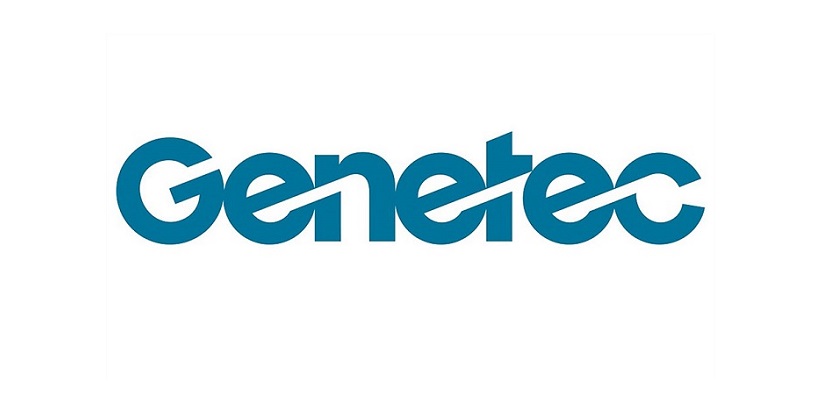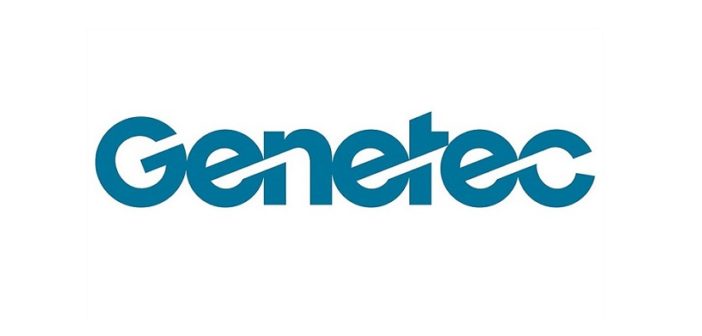
George Moawad, Genetec ANZ Country Manager
 From kindergarten and high school to college and university, educational institutions require a physical security solution that keeps students, staff, and faculty focused on greater academic achievement.
From kindergarten and high school to college and university, educational institutions require a physical security solution that keeps students, staff, and faculty focused on greater academic achievement.
Although Australia is fortunate to have escaped the increasing acts of violence that have visited campuses across the globe, university security has been bought to the forefront in the wake of a rising number of political protests and concerns over the security of sensitive research projects. Last year additional security was bought in at Australian National University and the University of Technology Sydney after physical clashes at the University of Queensland between pro-China and pro-Hong Kong protesters and the Minister for Education called for sensitive research to be protected from foreign governments.
The good news is that physical security components like video surveillance, access control, license plate recognition, and analytics programs can work together to deliver a unified solution that provides total campus protection and a number of additional benefits. Like most things, however, it pays to do your homework when considering a physical security solution to protect their campuses.
Campus security should include unified video surveillance, access control, license plate recognition, analytics, and more
There are several important components to a campus physical security solution. Video surveillance provides a live and recorded visual representation of what’s happening across a campus and can readily be called upon to provide important information in the investigation process. Electronic access control on doors and barriers not only regulates who goes where, but also provides protection for property and assets. The capability to immediately lockdown an entire campus is also an absolute necessity in this day and age. Automatic license plate recognition (ALPR) can help locate individuals that have been banned from campus even before they park their car. These components – along with analytics, communications, and intrusion detection – can work together to provide campuses the most secure learning environment available.
But when evaluating security solutions, it’s important to look at the whole picture. It’s no longer satisfactory to put together disparate security components and just hope they will work properly together via an application programming interface (API) or software development kit (SDK). While relying solely on these types of integrations in the past has been acceptable, advances in technology have resulted in unified solutions that are built from the ground up and coded together to bring the functionality of these components together in one platform that delivers seamless interaction right out of the box.
Unification means that all physical security components are not only run from one user interface but are – at their core – the same system. A unified campus security solution maximises usage of the infrastructure, makes upgrades seamless, and presents comprehensive cybersecurity threat level management. Plus, training is simplified as there is just one system and one interface for administrators and security personnel to learn.
Key benefits to campuses
A unified campus security solution can deliver a variety of additional benefits including:
- Increased situational awareness: Understanding all the factors of an emerging incident or event can help security personnel resolve situations quickly. However, as educational institutions increase in size and complexity, maintaining an all-encompassing view can be a challenge. A comprehensive security system can provide personnel with the information necessary to respond quickly and effectively to any situation. This increased situational awareness can vastly improve campus security and can even save lives in an emergency situation when mere seconds matter.
- Better emergency preparedness: When an event or incident occurs at an education institution, it is most important that first responders can act quickly and knowledgeably. Emergency preparedness includes establishing clear connections and communication pathways with law enforcement and other local authorities. Having the ability to provide responders with access to video surveillance feed can significantly help to improve the outcome of any situation.
- Improved campus flow: Students, teachers, parents, and service people move through our education institutions every day. Identifying and counting each one is essential for maintaining security and improved campus flow. Today’s security systems can establish and track access of all campus occupants, lockdown a facility in an emergency, and integrate smoke, intrusion, and IoT alarms as well as gunshot detection technology to better manage flow in routine as well as emergency situations.
- Better parking: Strong, ongoing parking enforcement policies help students and staff get where they need to be easily and on time. Using ALPR units to go gatelesscan improve customer service by helping administrators and security personnel keep track of off-street violations and lot occupancy in real-time. This allows campuses to improve compliance, direct drivers to lots with open spaces, and even reduce emissions from idling vehicles.
- Increased security across the entire institution: Educational institutions can be limited to just one building or include multiple teaching facilities, research labs, dormitories, libraries, sports complexes, and a collection of parking lots. These can be in a single area or spread over multiple sites. A physical security system that unifies IP video surveillance, access control, and ANPR/ALPR within one intuitive solutioncan help security personnel keep an entire institution secure no matter how expansive.
Advances in technology have resulted in unified campus security solutions that can deliver comprehensive video surveillance, access control, and related functions that not only maximise security but also offer a multitude of additional benefits. Because administration and security are tasked with protecting students, staff, and visitors – usually on a strict budget – it’s imperative that campuses invest in a security system that will provide the most technologically-advanced solution both today and tomorrow.






